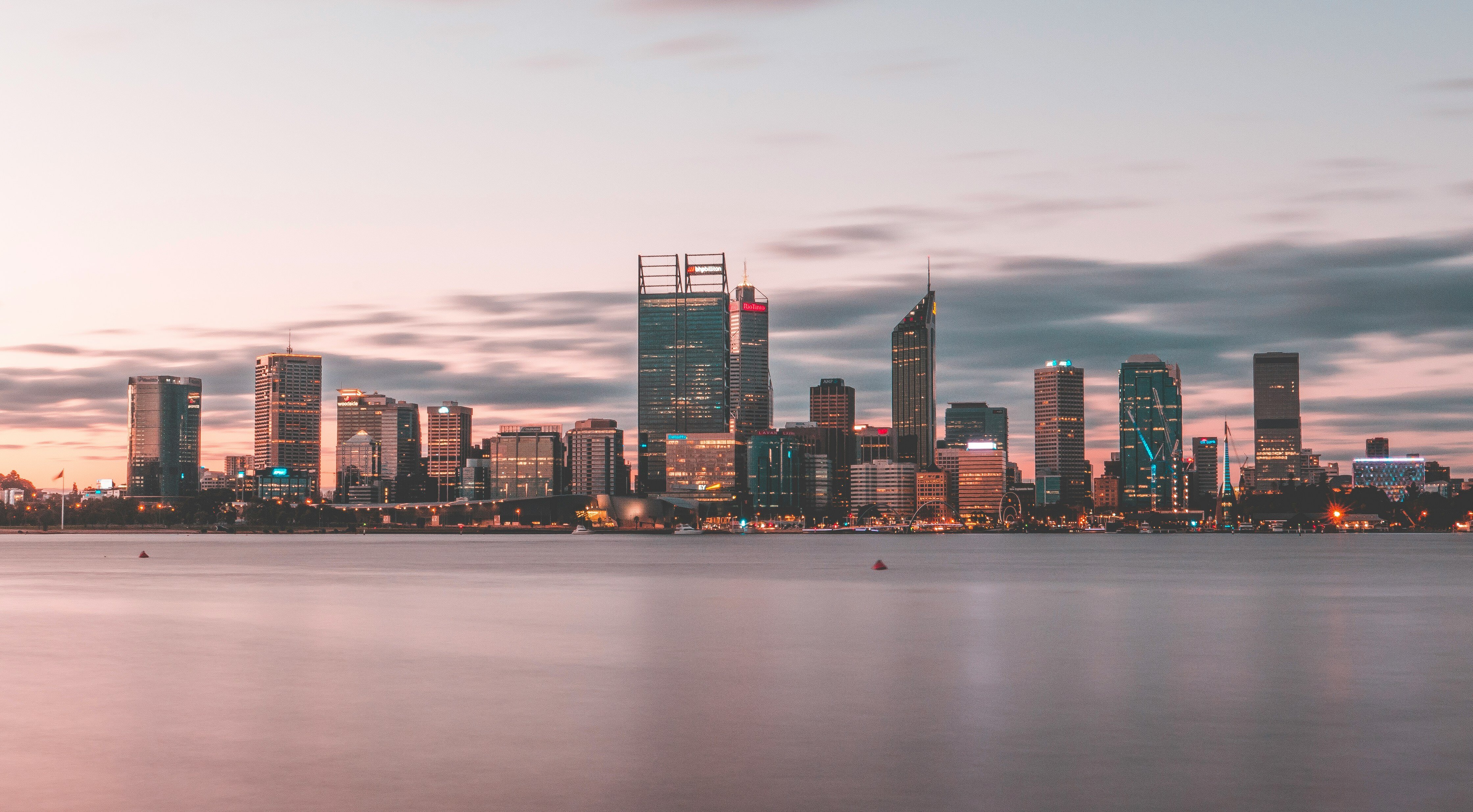Two weeks ago saw the release of the Commonwealth Government’s Sustainable Population Strategy for Australia. The impetus behind this strategy came from the population and overseas migration debate that occurred during early 2010. What does it say about Australia’s future? Not as much as it could have.

The politics
The establishment of a specific Population portfolio in April last year and commissioning of a report was the former Rudd Government’s response to perceived disquiet over the Commonwealth Treasury’s Australian forecasts of 35 million by 2050. The election itself was conducted as historic highs in net overseas migration were being reported by the ABS (These have since come down markedly).
During the election, the long held political bipartisanship of the merits of overseas migration was tossed aside in favour of the unedifying populism that characterised much of the campaign. Tony Abbott promised to cut net overseas migration to 170,000 in an attempt to appeal to those who saw cutting immigration as a direct way of making housing cheaper and their trip to work quicker, as well as those with slightly more sinister motives.
Since the election, the heat seems to have gone out of the issue, particularly as net migration numbers have come back down from historic highs of 300,000 in 2009 to 186,000 for the year ending September 2010.
The policy
The report itself builds on the three panel reports released last December on Demographic Change and Liveability, chaired by Professor Graeme Hugo, Productivity and Prosperity, chaired by Heather Ridout, and Sustainable Development, chaired by Bob Carr, covering some demographic research as well as catering for the pro and anti growth lobbies.
The final strategy seems to be fairly non committal as one might expect with such differing perspectives in the earlier panel reports as well as in the community at large. I imagine the two interesting questions that people were asking prior to the strategy’s release would be: Do we have a population target? And what is Australia’s ‘carrying capacity’? We don’t get much on either front. The strategy sees targets as arbitrary in nature and difficult to deliver in practice. A reasonable perspective given that overseas migration is really the only lever the Federal Government has to influence population, and even this is limited given Kiwis can wander in and out as they see fit, and Aussies are free to go and live somewhere else if they wish. Limiting a future government’s ability to allow more skilled migrants in is also seen as not a great thing.
So what of ‘carrying capacity’? Bob “Sydney is full’ Carr’s panel report attempts to debunk economic arguments for immigration and tells us that humans have an impact on the natural environment but doesn’t offer much on any potential carrying capacity, merely asking for more research on sustainability. It doesn’t have much to say on the humanitarian and morality elements of immigration, or much on the way in which people live being as important in terms of measuring environmental impact as total numbers of people.
Debunking decentralisation
The main outcome of the strategy seems to be one of promoting decentralisation, both from the CBD to suburbs in our major cities, and also to the major regional centres. In a throwback to the Whitlam Government policies of the early 1970s, regional centres are back in vogue. Two major questions arise here. Firstly, why is it a given that growth of regional centres and suburban employment is more environmentally sustainable than our current growth patterns? I’ve yet to see any evidence that growth on the fringes of say Bendigo is a better outcome than development in Melbourne’s western suburbs. In fact regional centres of Bendigo’s size are never likely to have commuter rail and will probably be more car dependent than fringe growth in our major cities. Are jobs in the suburbs preferable to jobs in the central city? The central city has far better public transport than suburban locations.
The second issue is simply one of money. Who pays for decentralisation? How is the infrastructure that is required to make our cities more sustainable going to be provided? The role of State Governments of course is critical. Just last week we saw the new Baillieu Government in Victoria look at again expanding Melbourne’s urban growth boundary – not exactly a ringing endorsement of the new sustainable population strategy.

Infrastructure anyone?
For those after some fine detail on issues such as decentralisation, future of infrastructure provision and funding and assessment of where growth should be directed, the strategy leaves us keen for more. Perhaps the called for further research and monitoring can start to look at some of these fundamental questions.
If you enjoyed this article, sign up to get updates via email or Twitter (above), and feel free to share it. Leave us a comment and tell us what you think about population targets.











